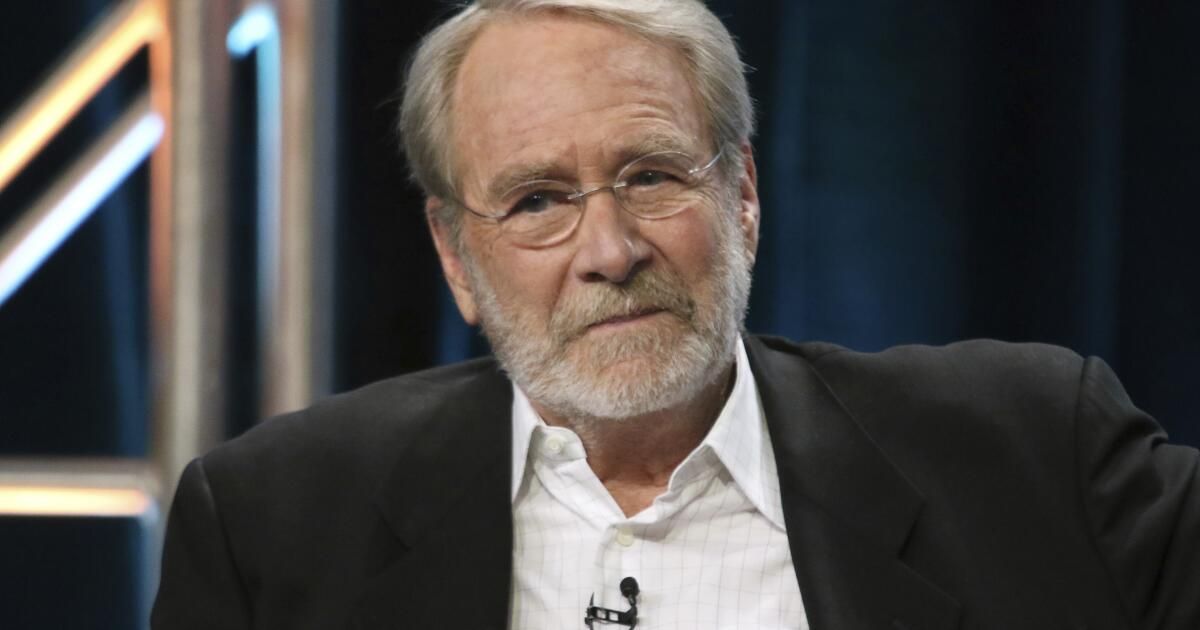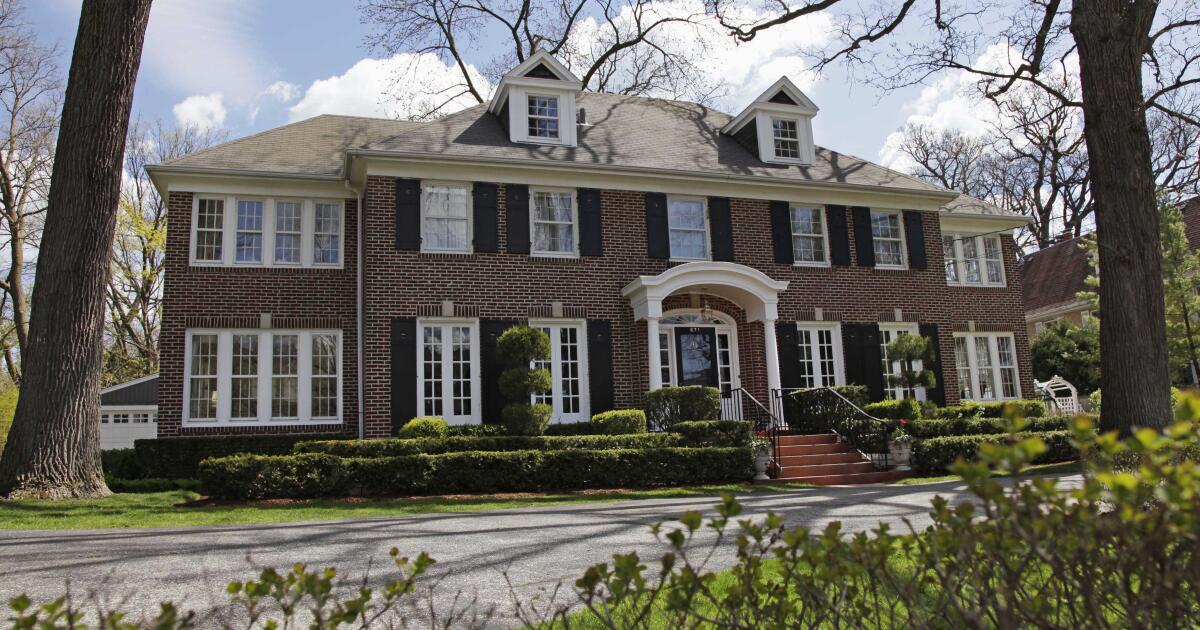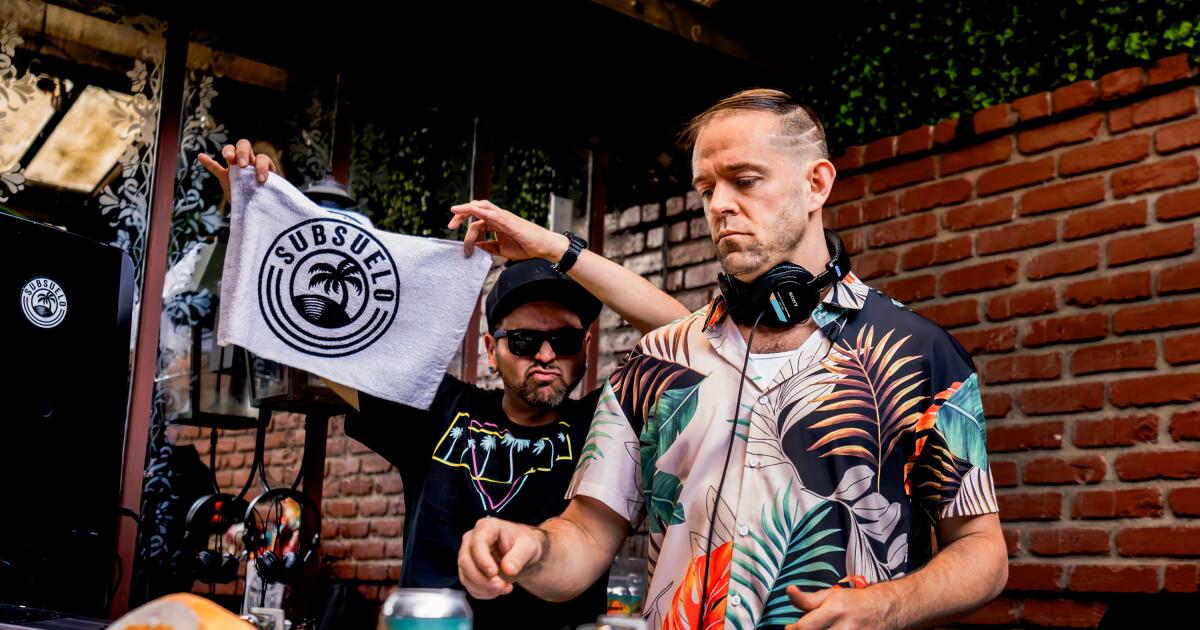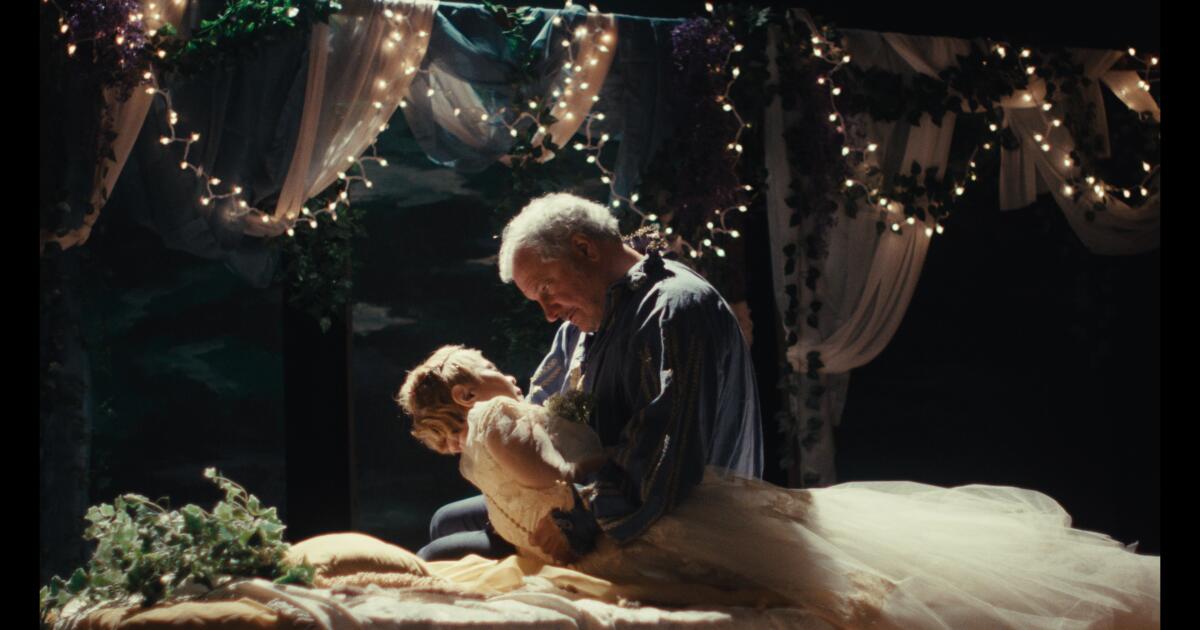For anyone lucky enough to have experienced the long arc of his career, the death of the funny, dry, deadpan Martin Mull on Thursday at age 80 feels like the end of an era. Writer, composer, musician, comedian, comic actor and, out of the spotlight, serious painter, Mull was a comforting and disturbing presence: deceptively normal, even dull, but with a spark of evil. One felt that Martin Mull is with us, and at least that is good for the world.
There was a kind of timelessness about his person. As a well-dressed and eloquent young man, he seemed older than he was; Later, with her owlish eyes behind his glasses, he seemed strangely childish.
She leaves behind a long, unbroken string of film credits, beginning with Norman Lear's small-town soap opera satire, “Mary Hartman, Mary Hartman.” That was followed by regular roles on “Roseanne,” “Sabrina the Teenage Witch,” “Veep” and “Arrested Development”; guest roles on “Taxi” and “Law & Order: Special Victims Unit”; and work on films like “Mr. Mom”, “Clue” and “Mrs. Doubtfire.”
And so it seemed that he would always be there and working. Still, his appearances were never what was expected nor were they in the expected place. But he was always welcomed and always the right person for the job.
Like Steve Martin, his friend and two years younger, he was an accomplished instrumentalist. As a purveyor of witty comic songs, Mull followed in the tradition of Tom Lehrer and Flanders and Swann and was a peer of Dan Hicks, with whom he shared a taste for floral-print shirts. He was a countercultural cabaret artist who strayed from the counterculture. Like Martin, he dressed well in an era when younger comedians grew their hair long and wore street clothes to distinguish themselves from their suit-and-tie-clad elders.
But while Martin was a whirlwind of flailing arms and legs, Mull worked from a place of stillness. His stage musical act, Martin Mull & His Fabulous Furniture, found him in his signature prop, a large armchair, leaning forward over his large hollow-body guitar.
“Have you seen one of these before? It’s electric. You’ll be seeing a lot of them in the near future,” he said.
Later, he starred as Barth Gimble, the host of the talk show spoofs “Fernwood 2 Night” and “America 2 Night.” Even his solo appearances on “The Tonight Show”—on which he was a very funny and conversationally fluid guest, usually referencing his show business career—were done while sitting down.
In “Mary Hartman, Mary Hartman,” Mull played Garth Gimble, an abusive husband who was impaled on a Christmas tree star. It seems that Garth had to die so that Barth, his twin brother, could live. In the spinoff “Fernwood 2 Night,” Mull and Fred Willard, as Jerry Hubbard, his confident, dim-witted sidekick, created a telepathic double act in which they could seem like antithetical expressions of a single character.
Altogether, the talk shows lasted only two summer seasons, but because of their weekday appearances, they produced 130 episodes, giving them cultural clout (you can find them excerpted all over the Internet). Mull and Willard would work together again over the years, on the Cinemax series “White People’s History in America” and its follow-up film “Portrait of a White Marriage,” in commercials for Red Roof Inn, as a gay couple on “Roseanne” and as robots on “Dexter’s Laboratory.”
Martin Mull, left, with fellow comedian Steve Martin in Santa Monica in 2014.
(Ryan Miller/Invision)
Mull grew up in North Ridgeville, Ohio, not far from Fernwood on the map of the imagination, and white insularity was a theme in his comedy. My first memory of Mull came with the 1973 album “Martin Mull & His Fabulous Furniture in Your Living Room,” which opened with a version of “Dueling Banjos” played on tubas. The album included a blues song from “Lake Erie Delta,” which he supposedly learned from his grandfather, a real estate agent. It was performed with a ukulele and a baby bottle used as a slide: “I woke up this afternoon / Both cars were gone / I felt really low inside / I threw my drink on the grass.”
“The History of White America,” he told David Letterman, would examine “what, if anything, the white Anglo-Saxon Protestant has done in this country since World War I. That.”
One memorable episode of “Fernwood” shows a Jewish person pulled over for speeding while passing through town as if he were some kind of exotic animal, for the benefit of Fernwood residents who may have “never seen a live Jew before.” really”.
“I hope that seat is okay,” Barth says, welcoming his guest. “I'm not sure what you're used to.”
Like many great comedians (the Marx Brothers and W.C. Fields before him, or Albert Brooks in his time), Mull was a temperamental outsider who achieved insider success while remaining essentially untamed. Not surprisingly, he was a serious artist through and through. He earned undergraduate and graduate degrees from the Rhode Island School of Design (where, it seems no coincidence, the Talking Heads were born). He referred to show business as a “day job” that allowed him to devote himself to painting.
We were lucky he needed the job.












